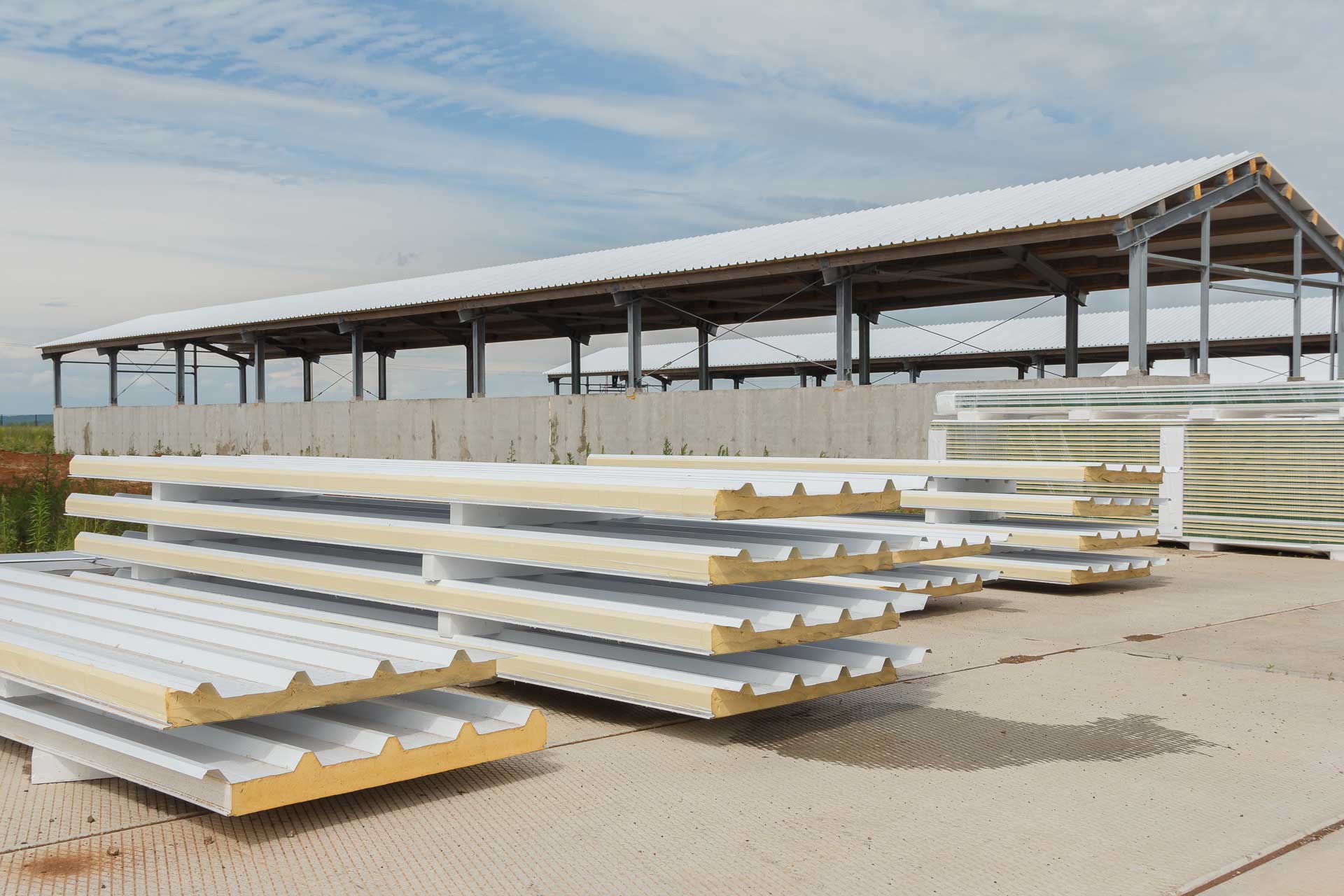
From hospitals to multi-story apartment towers, to correctional facilities – modular construction is not a new concept, but it is having a moment in the sun, and it’s not just a passing trend. Why? Technological advancements, economic demands, and changing mindsets mean it is attracting a wave of interest and investment. As more varied material choices improve the aesthetics of prefab buildings, consumer perceptions are shifting and industry interest is growing. Here, we will explore the major benefits of focusing on modular construction, and dive into the statistics that might cause you to consider the same off-site construction concepts you fanned away in the past.
Over the next five years, the modular construction market is anticipated to rise at a considerable rate.
With the rising adoption of strategies by key players in 2021 alone, the market is already growing at such a steady rate that some industry experts say it will rise over the projected horizon. Under moderate assumptions of penetration, the market value for modular construction in new real-estate construction alone could reach $130 billion in Europe and the United States by 2030.
So, what are the top three major benefits your company needs to consider when thinking about going modular?
- significant cost reduction
- faster project timescales
- higher quality
Some large housebuilders have already made significant investments in building manufacturing facilities – which would suggest that some believe the future of modular homebuilding is already here. The maturing of digital tools has radically changed the modular construction concept by facilitating the design of modules and optimizing delivery logistics. Recent modular projects have already established a solid track record of accelerating project timelines by 20 to 50 percent. In fact, according to the National Institute of Building Science, 71.4% of firms that committed to a modular construction project saw a noticeable difference in schedule advantages/speed to market. Using a repetitive building method in controlled conditions also allows for modular builders to have greater control over the quality of their structures. Fabricating modules within a controlled facility reduces the risk of losing materials due to inclement weather, being misplaced, or mismanaged.
What do you need to focus on if you’re considering investing yourself?
You need a model that focuses on standardization (think LEGO), logistics, inventory control, kitting, and bills of materials, manufacturing, and assembly, coupled with some traditional construction business practices, too. In short, the successful modular building model needs to be a hybrid business:
Manufacturing + Supply Chain and Logistics + Construction
Public-sector entities, like private-sector developers, will be able to capture cost savings and productivity benefits by taking a modular approach with any large-scale publicly funded projects that have repeatable elements, like school buildings and affordable housing. At the same time, the public sector has an additional role to play in facilitating modular adoption by modernizing building codes—which would remove barriers to build more housing. Approval processes can be streamlined and more efficient if product designs and production processes can be approved in factories rather than on each project site, reducing the on-site inspection burden to assembly verification.
According to the Modular Building Institute, 79% of General Contractors, 69% of Architects/Engineers, and 53% of Trade Contractors plan on utilizing a “relocatable modular structure” in at least one of their projects within the next two years. AT RBT, we pride ourselves on assisting construction professionals to build the most sustainable businesses you can with our comprehensive services. We understand that every contractor’s company plan is unique, and we aim to pass along useful, relevant information to help our communities succeed, grow and prosper. As we continue to dedicate time and resources to helping our construction clients achieve success, we look forward to connecting with you and your team.
Sources: MarketWatch, McKinsey & Company, ENR, PanelBuilt
